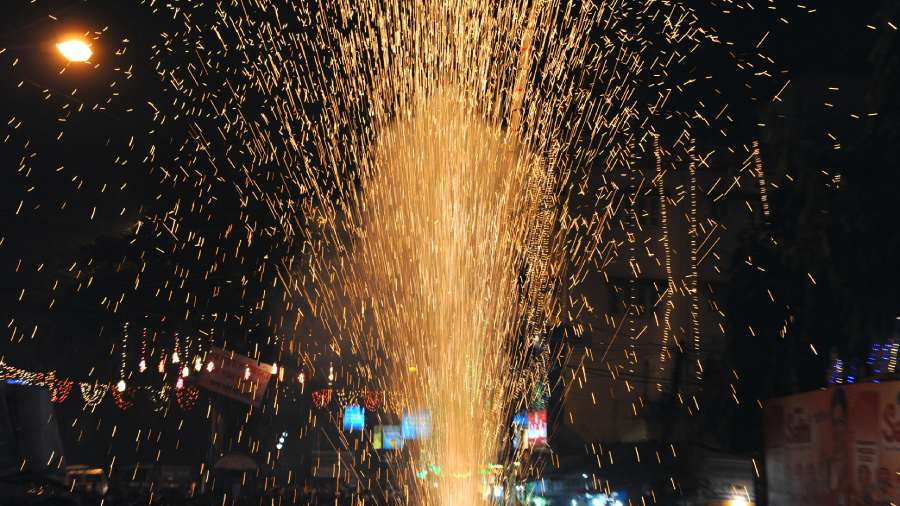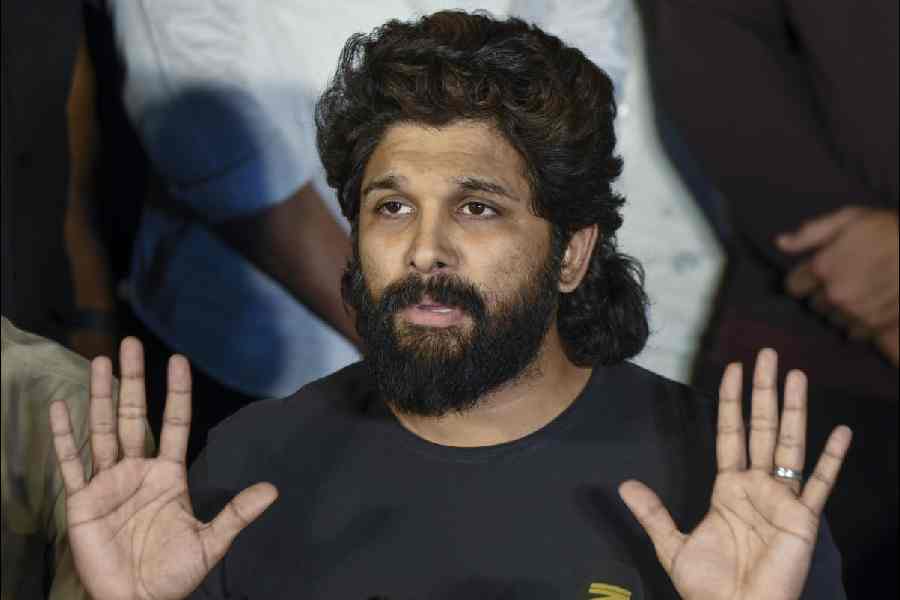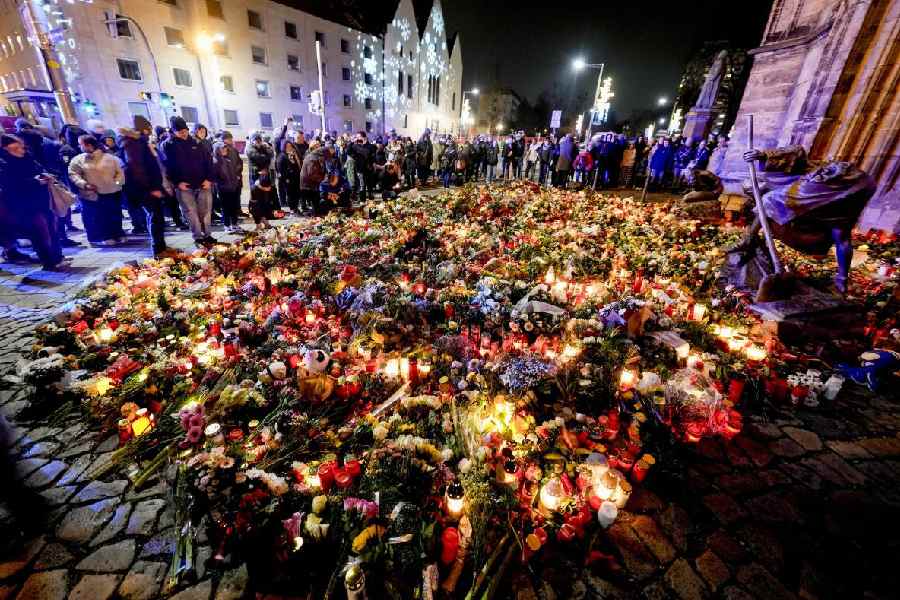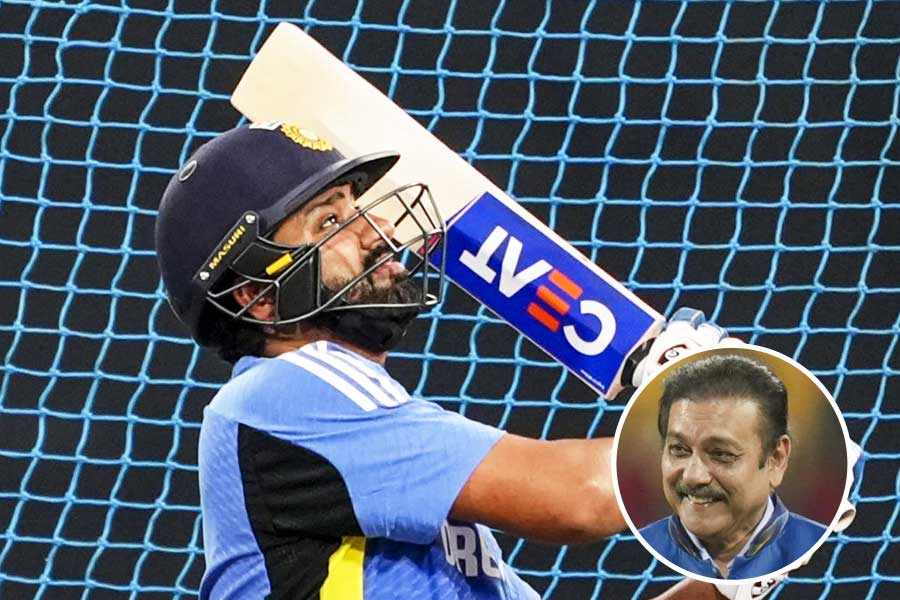As far back as I can remember, Diwali has been my favourite festival. While my friends, and family, counted down the days to Durga Puja, I waited impatiently for the festival of lights. Something about the rows of twinkling lights draped over every flat surface sparked happiness in me. Not to mention the showers of artificial stars.
This was long before the times of green fireworks and reduced decibels. Kali Puja those days was incomplete without noisy fireworks such as dodomas (bullet-shaped bombs that exploded twice), chocolate bombs wrapped in tinsel, interconnected rows of kali patkas (it was much later that I learned you didn’t have to disconnect each pataka before lighting it) or, at least, a kathi pataka or stick bomb, a twist of explosives — shaped and packaged like boiled sweets — at the head of a broomstick that burst when banged against the wall. The only bomb I was allowed to have a bouquet of and burst with minimal supervision. In other words, the cracker I burst all day until the parents were free for the mandated fireworks hour.
That did not, however, mean I enjoyed the basket of annual fireworks for only an hour. I enjoyed spreading my treasure out in the sun and putting it all away as the light dimmed in the days leading up to Kali Puja and I enjoyed shopping for it.
I didn’t go to the market, of course, but I could make a list of the sorts I wanted — it was usually topped by coloured matches and those black pills that turned into tumbling, sinewy snakes when put to the match. Both, I have since learnt, give off extremely noxious gases and neither have ever been bought for my children.
My parents, too, did not approve of some of the fireworks on offer such as the clay anars or flowerpots that were always at risk of exploding, rockets that fizzled out and then relit just when you picked them up, and charkis that jumped and danced and could climb on to your feet. Accidents are always a probability with fireworks. And my father thought the best way to ensure our safety was to make sure the fireworks were made at home.
Since his repertory was limited, that just meant dozens of anars. Making them was a long process. First, the various ingredients were bought — salpetre or gandhak, sulphur, charcoal, iron filings, aluminium powder and copper powder. These were then dried thoroughly in the sun and pounded into fine dust. They were mixed together in a certain proportion and stuffed into clay shells. The aluminium and the copper produced silver and blue stars respectively while the iron supplied the yellow shower.
The stuffing was a delicate job entrusted to my mother, the mixture had to be really tightly packed because pockets of air would lead to exploding anars. The anars were then sealed with wet clay and left out in the sun to dry.
It was the long line of anars drying in the backyard that signalled Diwali was here and that it was time to bring the diyas out of storage. I would help dip them in a bucket of water where they would stay overnight. They were then carried up to the terrace and arranged along the perimeter, primed with wicks and filled with Mobil oil, which was cheaper than mustard oil and burnt much longer.
Most of the houses in our neighbourhood set out candles on the roof, which were just as pretty as the dancing diyas but burnt faster. Late at night, it was the diyas that kept the night lit up, on some terraces and all verandahs.
Eventually, the houses that used candles shifted to chains of bulbs, first normal yellow ones and then tuni bulbs, tiny, multicoloured ones from Ezra Street that blinked bright and dark.
The pre-Diwali ritual changed too, now we helped Baba test whether each tuni bulb was working before hanging them up. If even one bulb on a chain blew, the whole chain would not work. Therefore, we had to find and replace the kaput ones.
In time, blinking tuni bulb chains were replaced by Chinesemade LED ones that had seven different modes of lighting to the tuni bulb’s two — steady and blinking. These lights were cheaper and easily available, so testing for shorted bulbs became obsolete. I was so entranced by these lights that I put a chain inside a glass bottle and called it a lamp so that I could enjoy their twinkling even beyond Diwali.
But the older I got, the more fascinated I became with real, live dancing flames. LEDs were all very well for the roof but in the verandah I lit beautiful terracotta lamps. Inside, I floated flowers and candles in water and set out flickering tea lights.
As our tastes changed, so did LEDs. Since people wanted candles, that is what they became — with mechanically flickering flames to ape real candles. There are approximations of diyas too, with little bulbs where the flame should be.
And that is how we have come full circle — from diyas and candles to tuni bulbs and LEDs and back to diyas and candles. Only this time they have the best of both worlds.










